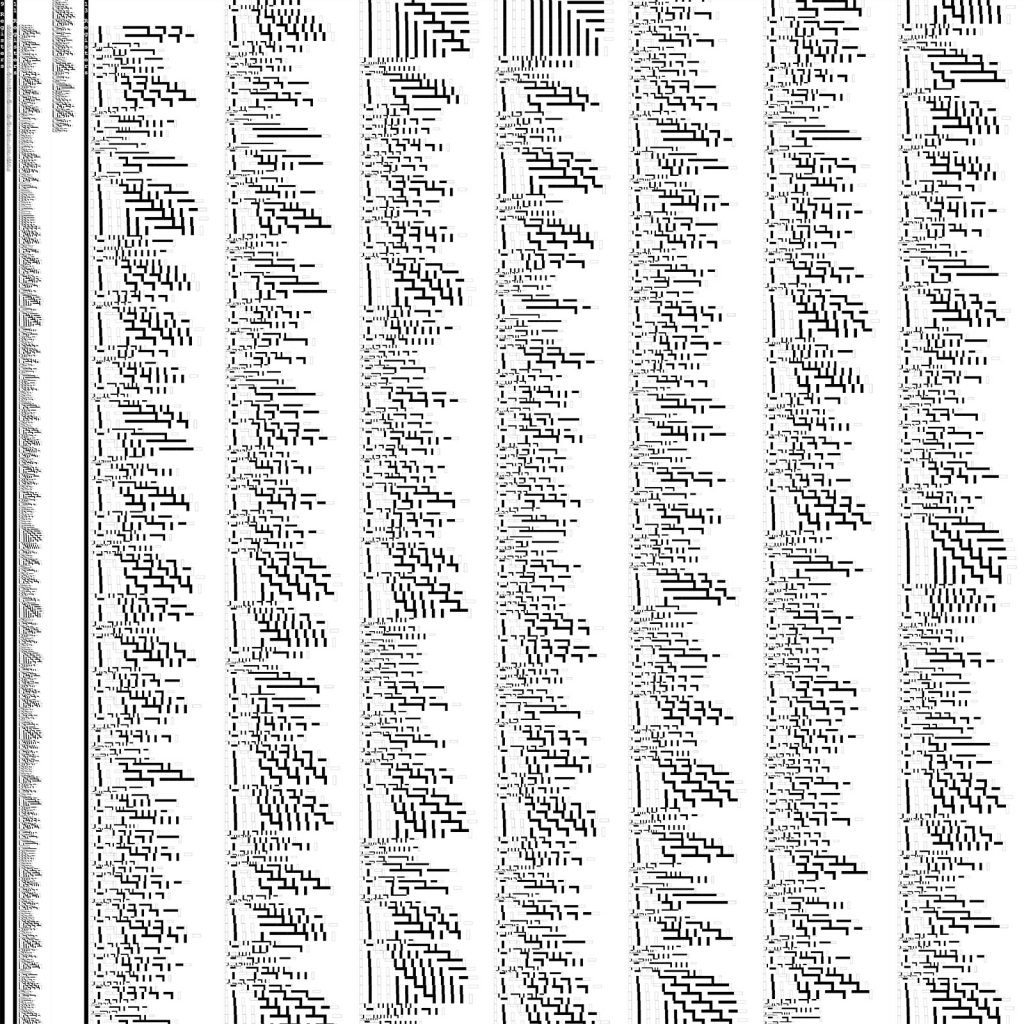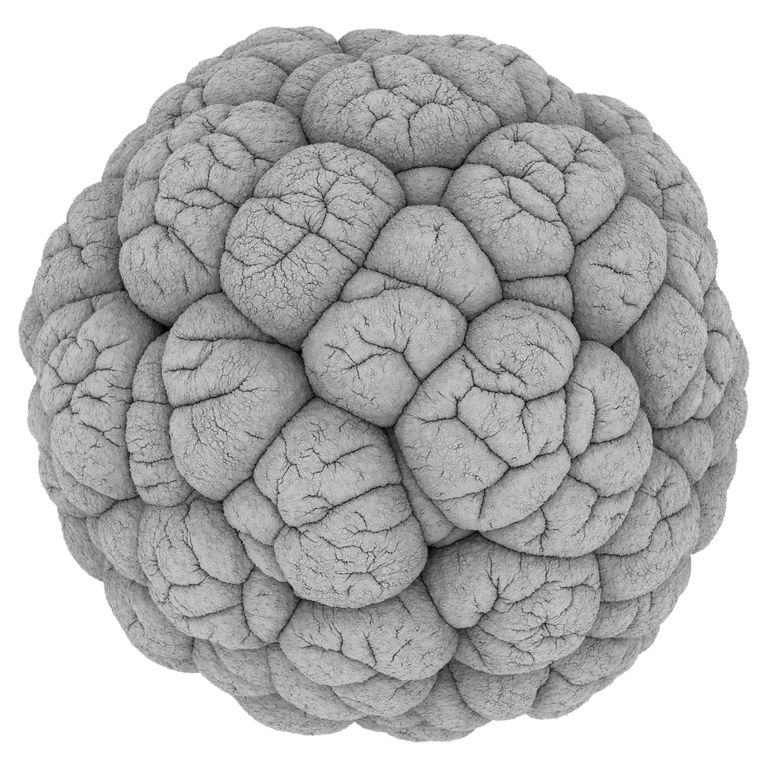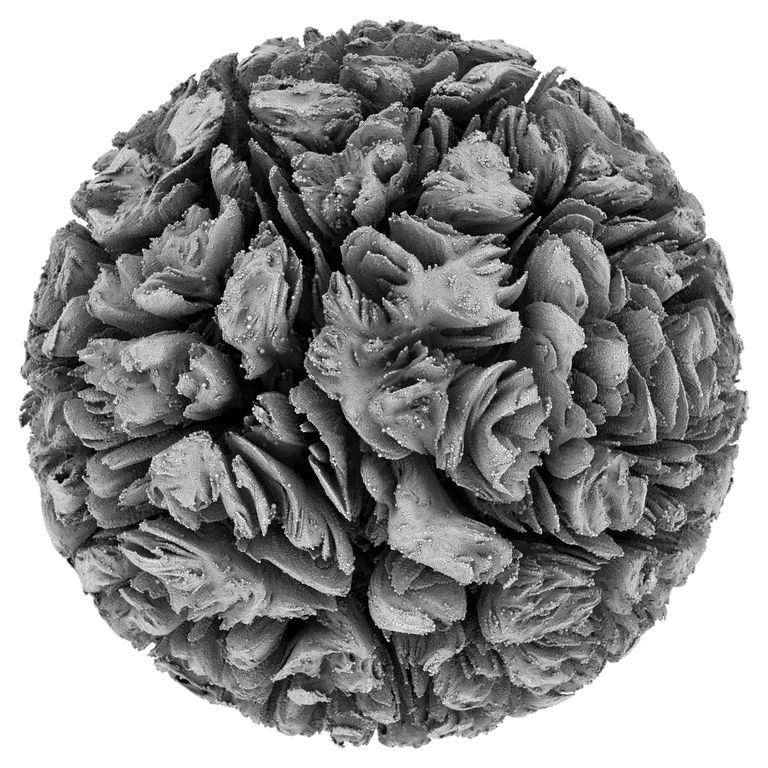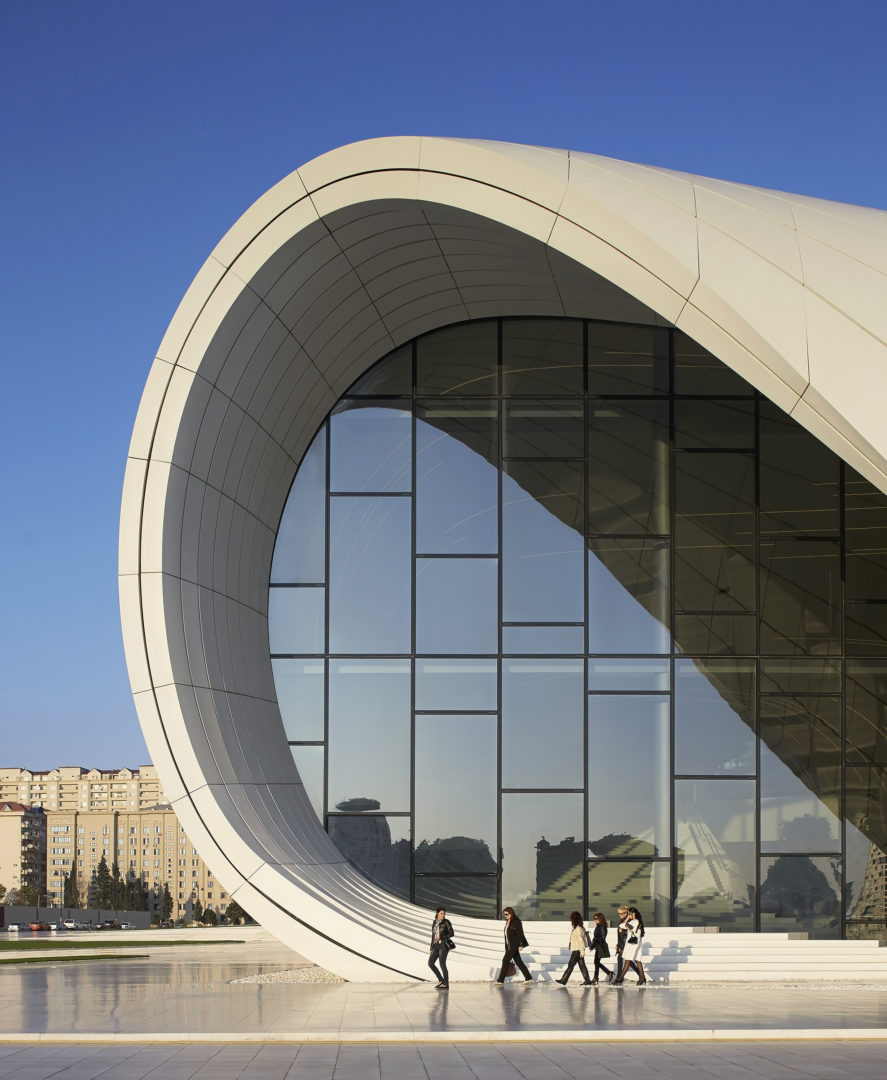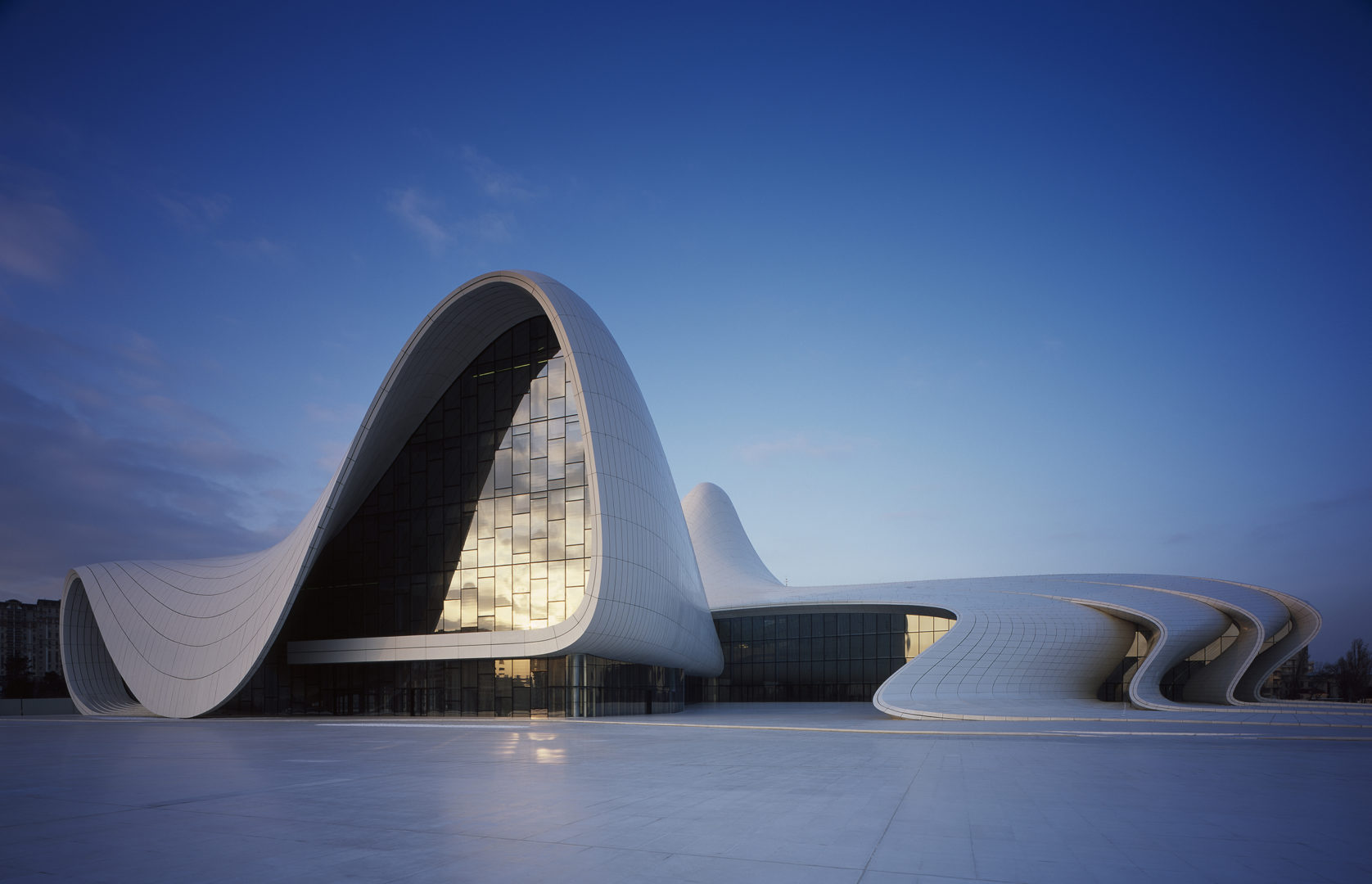I chose to look at the article about the Beeple sale by Sebastian Smee. The piece discusses the ongoing issue of the value of NFTs (non-fungible tokens), which is digital art made to be owned by individuals through blockchain security. (Note that any digital artist who has ever done commissions has likely found ways to maintain the commission-holder’s ownership of the work without all this extra stuff.)

I found the piece to be overall quite interesting, as it posits that art must be to a degree anti-capitalist, as it is a thing without a functional purpose (necessarily, there can certainly be functional things which are artistic, but generally it is not meant to carry out a menial task like say sweeping the floor, or something) and because it is without functional purpose, the purchase and sale of it is purely what Smee says Marxists call “commodity fetishizing.” While I agree that the concept of any piece of art being sold for such an exorbitant amount of money as an NFT is certainly a yawn, and that the piece isn’t particularly interesting, what I think is more interesting perhaps is the argument that Smee is being very careful to word in the good American way:
Art shouldn’t need money to be interesting. Art isn’t a commodity to be bought, sold, traded, and appreciated in value for some hack who didn’t even make it to make millions off the piece a hundred years after the artist is dead. Nor is it a vehicle for capitalist expansion, as much as capitalists may want this, because the work of an artist is not meant to become a stock. There is art meant to be sold, there is art meant to help prop up an artist’s livelihood, but art hadn’t been made with the intent to manipulate the market (necessarily) until now. I think that’s what’s interesting. We’ve entered such a stage of capitalism where we are cautious to not assign something a monetary value, even garbage made by an AI. Imagine where we would be, artistically, if we supported our creatives monetarily through social welfare and encouraged them to create freely, and explore the limits of their potential?
I guarantee you the world would be full of artists. The argument against the decapitalizing of art and granting it public support is often that the “quality of art would decrease” because we aren’t pushing people to compete. But if this sale proves anything, the opposite is true. The commodification of art has led to a decline in quality, not the other way around. The fear of poor quality art is ridiculous especially coming from people who have no artistic background. Were I to choose, I’d rather have a world of half-hearted artists than a world of unwilling and unwitting soldiers, corrupt corporations and morally bankrupt politicians.
![[OLD SEMESTER] 15-104 • Introduction to Computing for Creative Practice](../../wp-content/uploads/2023/09/stop-banner.png)

